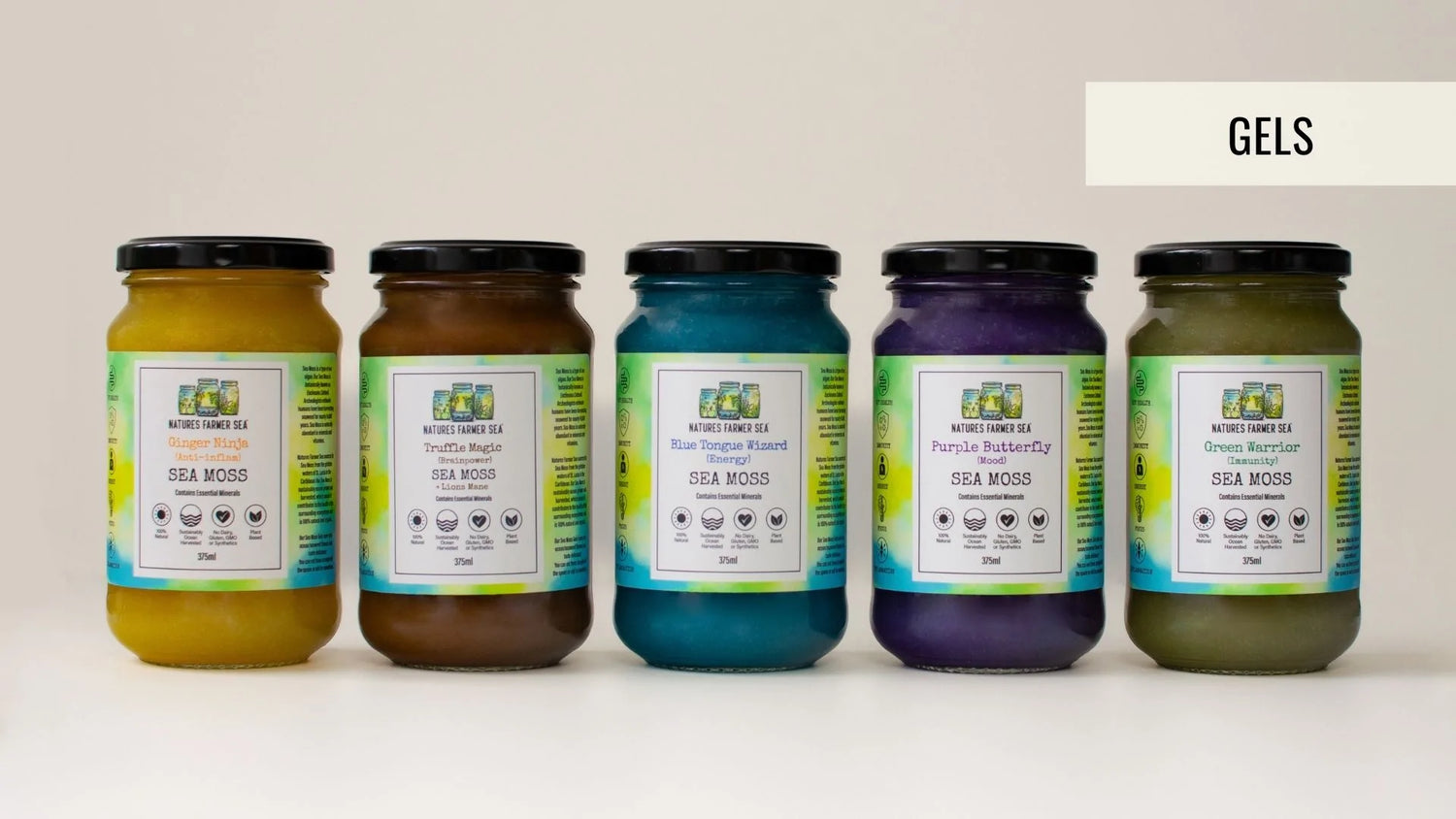
5 Harmful Effects of Single-Use Plastic and How You Can Help
Australia has some of the most breathtaking beaches in the world. If we close our eyes, it’s easy to feel what it’s like to walk along endless blankets of sand, swim in the salty sea, or explore islands and make friends with the local sea-dwellers during a diving excursion.
Now, imagine visiting those same beaches when they’re covered in plastic bottles, deflated helium balloons, shopping bags, straws, cigarette butts, along with many other pieces of rubbish that, as a collective, we are notorious for consuming each day.
WWF Australia reports, “On average, Australians use 130kg of plastic per person each year. Less than 12% of that's recycled. More frightening still, up to 130,000 tonnes of plastic will find its way into our waterways and into the ocean.”
Astonishing, right? We could be headed down a dangerous road if we don’t do something about today’s unnecessary throwaway culture.
Single-use plastics aren’t that bad, are they?
We are constantly surrounded by a multitude of plastic. Because it’s such a versatile, lightweight, water-resistant, and inexpensive material – it’s used for everything. From your cars to beauty product containers, home furnishings, kitchen appliances, and toilet seats – seriously, the list goes on and on.
Single-use plastics like drinking straws, coffee cup lids, glitter (microplastic), food wrappers, and so much more are made from fossil fuel-based chemicals to be used only once and then thrown away.
As a planet-conscious community, we know this sort of product is wasteful and horrible for the environment. Unfortunately, because many have embraced convenience over considering the long-term impacts, some still don’t see this as a significant problem.
So, we’ve put together the top 5 harmful effects of single-use plastics. Let us break it down for you (bad pun, we know.)
- It can take thousands of years for different plastics and Styrofoam to decompose. They don’t biodegrade, only break down (very slowly) into tiny microplastics that spread ever further around the Earth. Meaning these plastics stay on the planet, piling up year after year and will essentially take over any natural beauty we have left.
- Even if we recycle, plastics are still ending up in our landfills, oceans, and waterways. And what happens when they enter our precious oceans? It ends up in our drinking water. Our marine life and ecosystems greatly suffer. And, the vast blue seas we’ve grown to love will quickly become another rubbish dump rather than a nourishing life source.
- Plastics are not another food group, but it’s sure starting to look that way. Recycled and non-recycled plastic ends up in nature – sea or land – and eventually, straight into our largest food sources. A study from the University of Newcastle, Australia, found that “an average person could be ingesting approximately 5 grams of plastic every week.” According to them, that’s about the size of a credit card – yikes!
- Negatively impacts the climate. During every stage of the production cycle, plastics constantly emit harmful greenhouse gases such as methane and ethylene, which can amplify climate change.
- Detrimental for marginalised communities. Plastic pollution harms communities that rely on marine resources for survival. They are forced to live with overflowing pollution in their cities and risk more significant health issues from plastic-related toxicity.
How can we make a difference?
If you feel like recycling a few bottles or using a keep cup for your daily coffee run won’t be much help to the planet, believe us when we say – it all starts with us, and every little bit helps!
Here’s what you can do:
- Change the way you shop. Swap out the usual grocery run and find a bulk foods store in your area. As an eco-friendly bonus, bring your empty Irish Sea Moss Gel jars and fill them with dried goods: rice, cereals, nuts, and loose leaf tea.
- Eliminate or reduce your use of single-use plastics. Ditch the straws or use paper ones (they’re not great for smoothies, but better for the planet!), purchase a few reusable cloth shopping bags, invest in a reusable coffee cup for when you’re on the go, use a bamboo toothbrush, or eco-friendly toilet paper. There are so many more options these days.
- Stop overconsuming. Living a minimal lifestyle isn’t such a bad thing. You don’t need all the stuff, and certainly not multiples of the same things that end up in your junk room anyway. Time to be a more conscious shopper (Mother Earth will love you for it!)
- Learn to recycle. Have a designated recycling bin at home and a separate one for soft plastics (biscuit packets, zip lock bags, bubble wrap, squeeze pouches, etc.) Get to know how to recycle different materials and encourage friends and family to do the same.
- Support establishments that recycle. It’s no use trying to do the right things at home and then taking a step backward when you’re out and about. So many businesses are doing their part – keep an eye out for those.
Saving the world, together!
Eliminating single-use plastics may seem like an uphill battle, but you don’t have to go at it alone. There are many community groups and organisations around the country you can join or donate to that are carving a better path for a brighter future. Here are a few we love:
At Natures Farmer Sea, we do our bit by using eco-friendly packaging throughout every step of our process. From filling your delicious Sea Moss Gels into recyclable glass jars to compostable, degradable, and dissolvable materials that keep your delivery safe until it arrives at your door.
Leave a comment and let us know how you’re joining the plastic-free movement!
Article by Natalia Florczyk.



